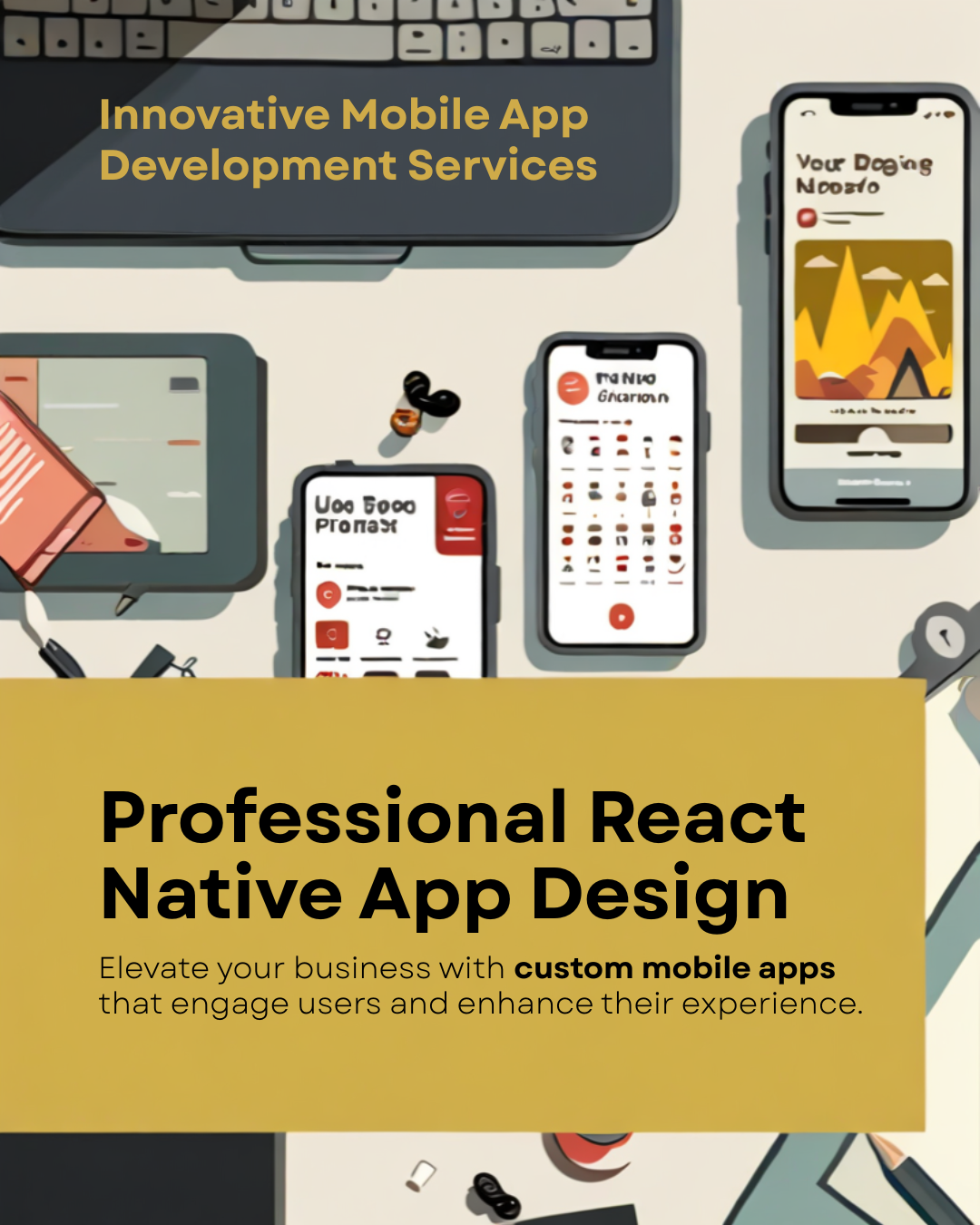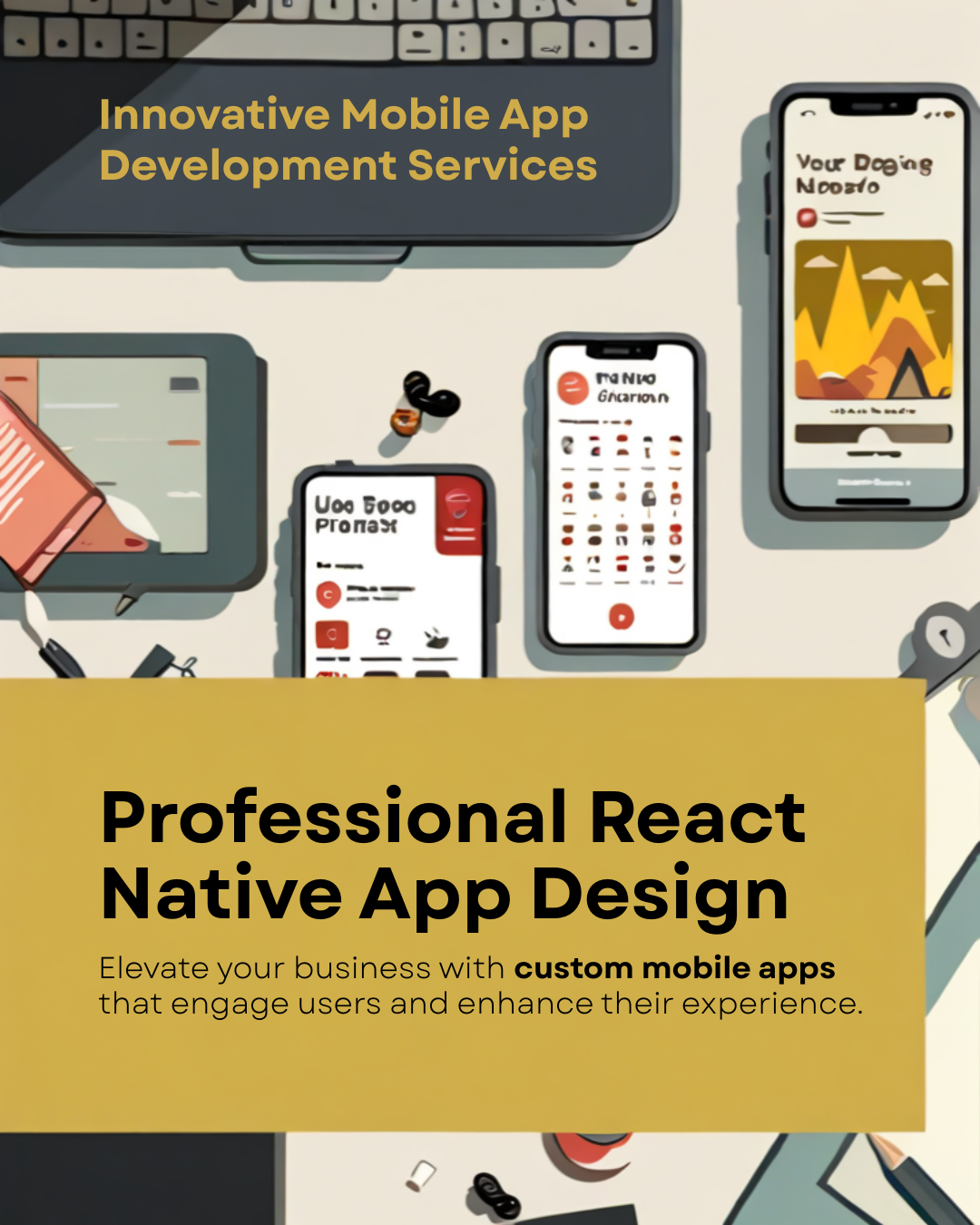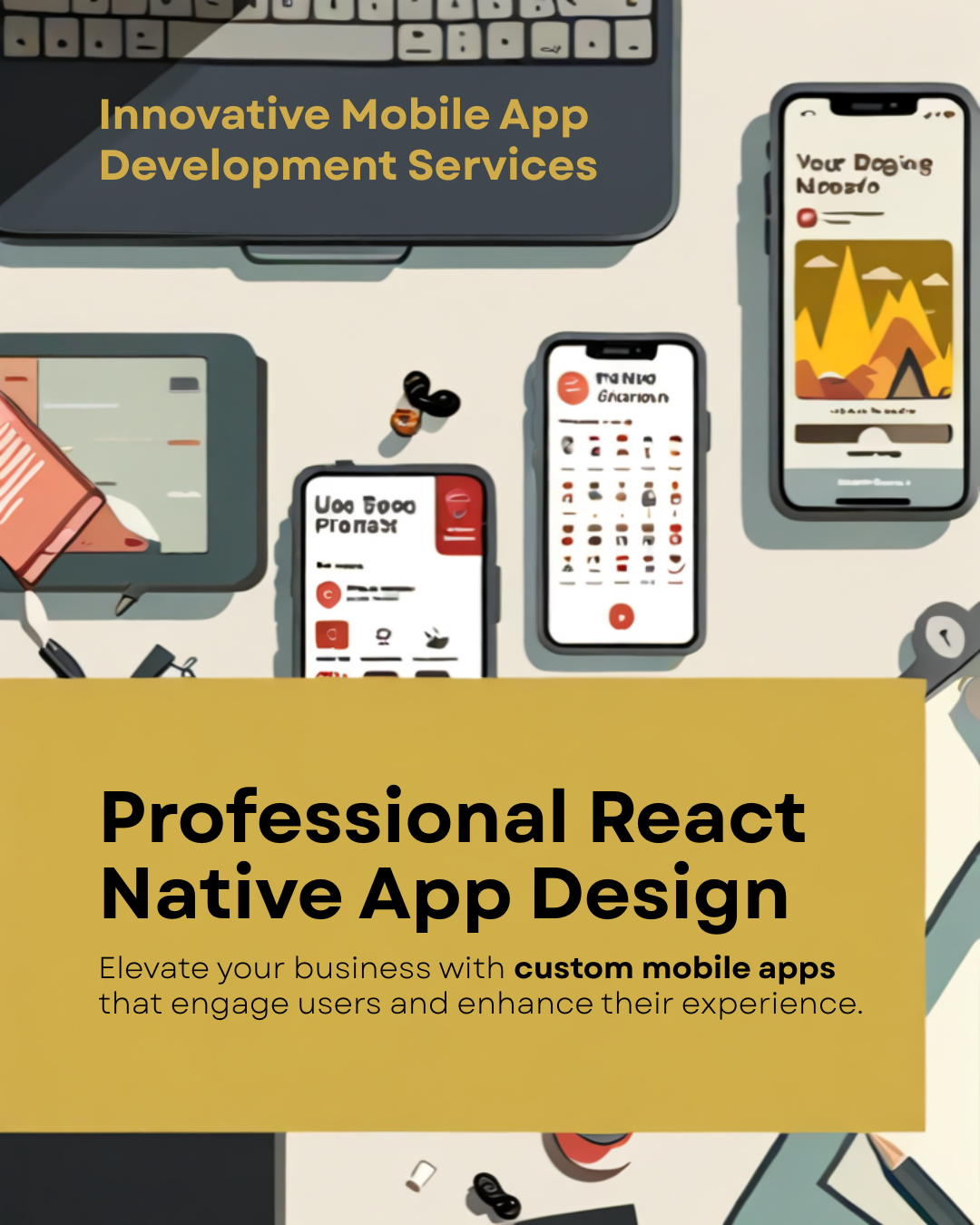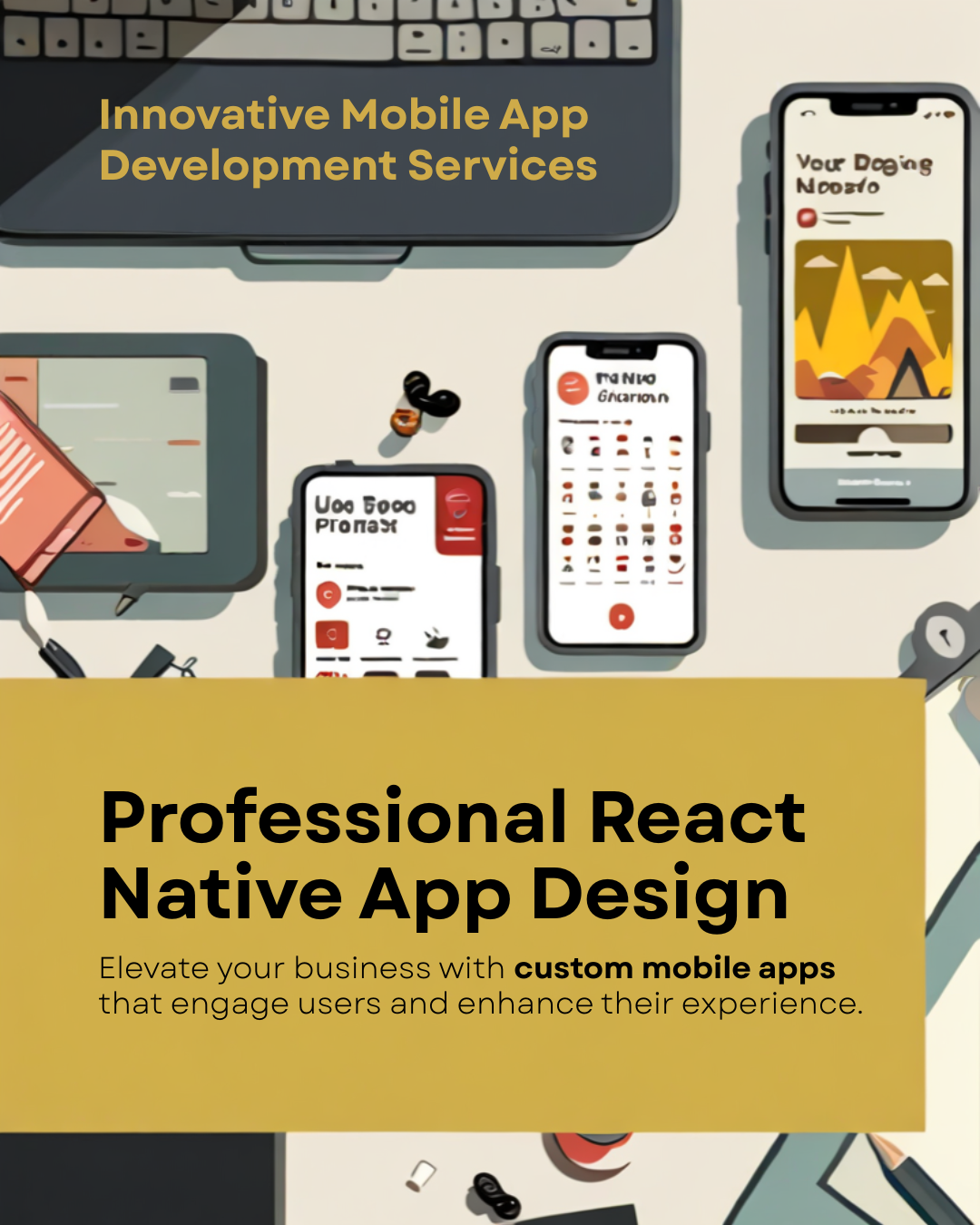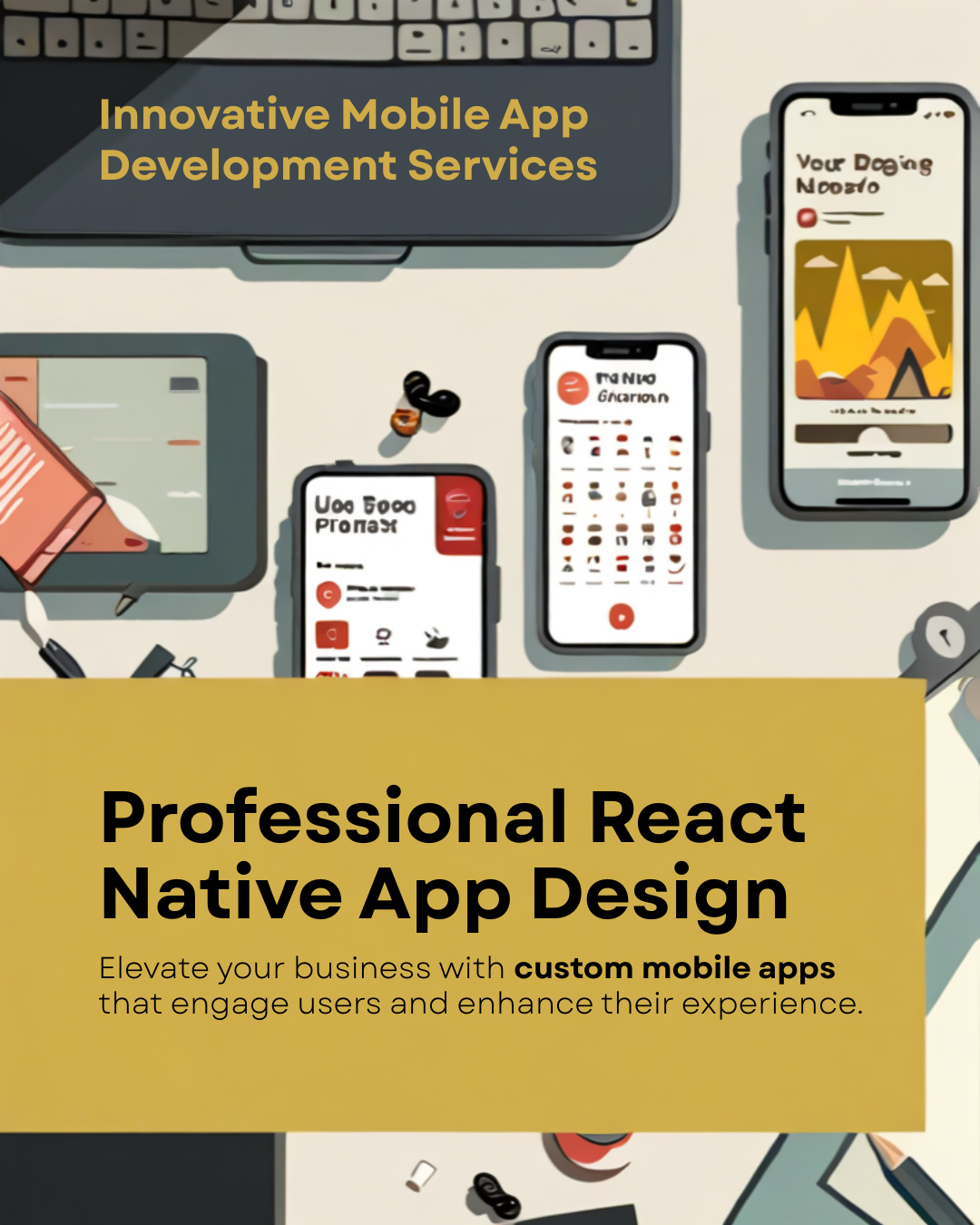WhatsApp Pricing Explained: How Much Does It Cost in 2025?
- IN THIS ARTICLE
- WhatsApp Pricing in 2025: Quick Overview
- How Conversation-Based Pricing Works (2024 Rules)
- Message Categories and What You Pay For
- Free Tier, Free Conversations, and Limits
- Simple Cost Examples (No Math Headache)
- Why Many WhatsApp Tools Feel “Expensive”
- How WUSeller’s Flat-Fee Model Is Different
- How to Keep Your WhatsApp Costs Low in 2025
- Conclusion
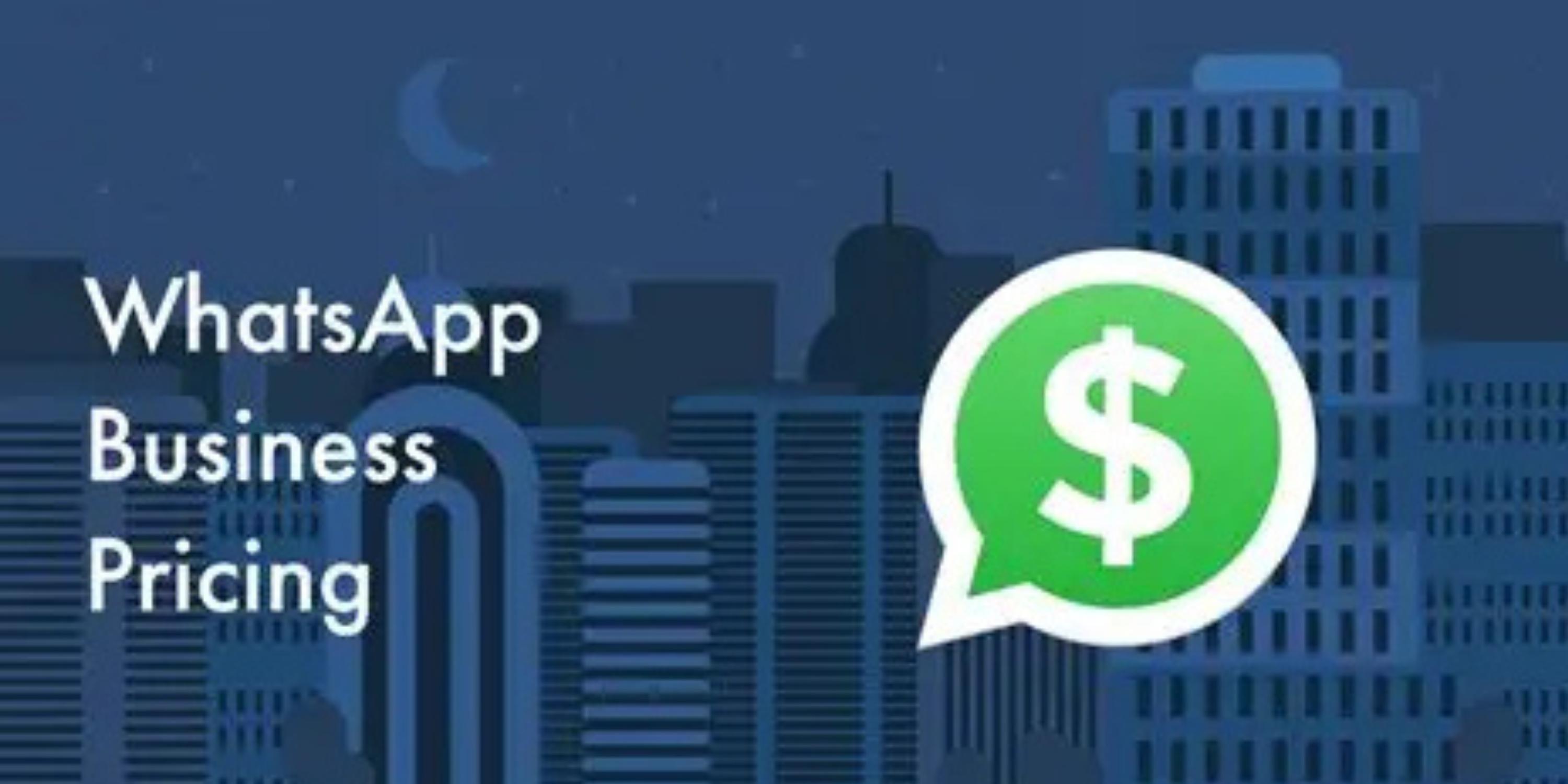
WhatsApp is now one of the main channels for business messaging.
But the pricing can feel confusing.
There are different message types.
There are rate cards by country.
There are also extra platform fees from tools.
This guide explains WhatsApp pricing in simple words.
We will treat it as a 2025 guide, but we will use the latest official 2024 pricing rules from WhatsApp.
Prices may change, so you should always check the official rate card before you launch big campaigns.
We will also explain how WUSeller makes pricing easier with a simple, flat-fee model on top of WhatsApp’s own rates:
WhatsApp Pricing in 2025: Quick Overview
WhatsApp uses a conversation-based pricing model in 2024.
This is still the main way businesses pay for the WhatsApp Business Platform.
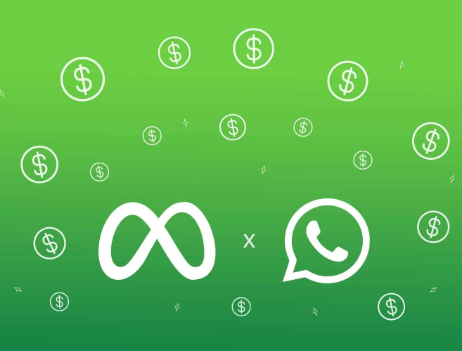
Here is the simple idea:
- You pay per conversation, not per single message.
- A conversation is a 24-hour window with one user.
- Prices depend on:
- Message category (marketing, utility, authentication, service)
- Country or region of the user
WhatsApp publishes official rate cards by currency and country.
You can see them here.
This article will not guess 2025 prices.
Instead, it will:
- Use the latest 2024 rules and structure
- Show simple examples
- Explain how tools like WUSeller help you control cost, even if rates change later
If you want a deeper technical breakdown of WhatsApp API pricing, you can read.
How Conversation-Based Pricing Works (2024 Rules)
WhatsApp charges businesses per 24-hour conversation window.
A conversation starts when:
- You send a template message, or
- You reply to a user and no other conversation is open
Each conversation:
- Lasts 24 hours
- Is tagged as one category:
- Marketing
- Utility
- Authentication
- Service
You pay one price per conversation, per user, per category.
If you send many messages inside that 24-hour window, the cost is still the same for that one conversation.
You can learn more about general WhatsApp API setup here.
Message Categories and What You Pay For
WhatsApp has four main categories for business messages.
1. Marketing conversations
Used for:
- Promotions
- New offers
- Sale reminders
- Win-back campaigns
Marketing conversations usually cost more than other types.
This is because they drive sales and revenue.
If you want marketing ideas, this guide can help.
2. Utility conversations
Used for:
- Order updates
- Delivery updates
- Payment reminders
- Booking confirmations
From August 1, 2024, Meta reduced some utility rates to make them more attractive for post-purchase journeys.
3. Authentication conversations
Used for:
- One-time passwords
- Login codes
- Account verification
From June 1, 2024, Meta introduced “authentication-international” rates for some regions.
4. Service conversations
Used for:
- Replying to user questions
- Customer support chats
- General help
Service conversations are opened when a user messages you, and you reply within the allowed window.
This guide explains how service and replies flow impact sales
Free Tier, Free Conversations, and Limits
WhatsApp offers some free conversations each month.

1. Free service conversations
- Each WhatsApp Business Account gets 1,000 free service conversations per month.
- These are user-initiated.
- They refresh every month.
This means support chats can be very cheap if most users contact you first.
2. Free entry-point conversations from ads
Some free conversations also start from:
- Click-to-WhatsApp ads
- Facebook Page “Send Message” buttons
If the user taps the ad and you reply within 24 hours:
- A “free entry point conversation” opens
- It lasts 72 hours
- Messages in that window are free, for that user
This is very powerful for lead generation and remarketing.
For more on Click-to-WhatsApp ads, see:
- Click to WhatsApp Ads Guide: Fix High Friction Lead Forms
- Click to WhatsApp Ads Guide: How to Fix WhatsApp Ad Setup
Simple Cost Examples (No Math Headache) {#examples}
Exact prices depend on:
- User country
- Message category
- Official WhatsApp rate card for your currency.
But we can use simple examples to understand the logic.
Note: The numbers below are just easy examples.
Always check the live rate card before planning your budget.
Example 1 — Marketing conversations
Imagine:
- A marketing conversation in your region costs $0.03
- You run a campaign to 1,000 users
Cost for that campaign:
- 1,000 × $0.03 = $30
If you send 5 messages inside that 24-hour window, the cost is still $0.03 for that user.
You are not charged per message in 2024; you are charged per conversation window.
For help sending bulk messages safely, you can Read this Article
Example 2 — Utility conversations
Imagine:
- A utility conversation costs $0.01
- You send 5,000 order updates in a month
Cost:
- 5,000 × $0.01 = $50
From August 2024, many utility rates went down.
This makes order updates cheaper and encourages more post-purchase messaging.
For deeper “cost calculator” thinking, use this guide.
Why Many WhatsApp Tools Feel “Expensive”
WhatsApp charges per conversation.
But most tools add extra layers on top.
Common extra costs:
- Monthly platform fee
- Per-conversation markup
- Extra cost per seat/user
- Add-on fees for automation, flows, or bots
This is why two businesses with the same WhatsApp usage can pay very different monthly bills.
To understand how platform fees + Meta fees stack up, you can read this article.
And this blog explains why some providers feel more expensive.
If you feel WhatsApp is “too expensive,” this article can also help.
How WUSeller’s Flat-Fee Model Is Different
Many platforms charge a mix of:
- Meta conversation cost
- markup
- platform fee
WUSeller is built to keep things simple and predictable.
With WUSeller, you:
- Pay a clear flat software fee (as per your plan)
- Still pay Meta’s official WhatsApp rates
- Avoid heavy markups on top of each conversation
- Get tools made for bulk messaging, campaigns, and automation
You can start from the main site WU Seller.
Or go straight to the app if you already use it, click here.
For the story behind WUSeller as a smarter API tool, see this.
How to Keep Your WhatsApp Costs Low in 2025
Here are simple ways to control cost, even if rates change.
1. Use free service and entry conversations
Try to:
- Get users to message you first
- Reply quickly
- Use Click-to-WhatsApp ads to open free 72-hour windows
This can cut paid marketing conversation costs.
2. Warm up new numbers the right way
New numbers should not send huge campaigns on day one.
Warm them up with:
- Small batches
- Mixed content (service + utility + light marketing)
For a full warm-up strategy, use this.
3. Fix low-quality or failing campaigns
Bad targeting and bad templates waste money.
Useful guides:
- Reduce ad and click cost
- Fix poor ad performance and tracking
- Fix low lead quality or high friction landing page:
4. Use automation instead of manual work
Automation helps you:
- Reply faster
- Close more conversations inside existing windows
- Avoid opening new marketing conversations when not needed
5. Plan campaigns with a simple cost model
Before sending a campaign, ask:
- How many users will I contact?
- What category are these messages?
- How many conversations will that open?
Then check the official rate card for your currency and region.
You can also use this guide as a mental calculator.
Conclusion
WhatsApp pricing can look complex from the outside.
But the core idea is simple:
- You pay per 24-hour conversation
- Prices depend on category + country
- Meta can update rates, but the logic stays similar
By understanding:
- Conversation categories
- Free service and ad entry windows
- How tools add their own fees
…you can plan your budget with confidence.
WUSeller’s flat-fee model makes this even easier.
You get a clean tool, safe bulk sending, and full control over cost.
If you want to go deeper into cost control, start here.
Frequently Asked Questions
Does WhatsApp charge per message or per conversation?
In 2024, WhatsApp charges per conversation, not per message. A conversation is a 24-hour window between you and one user.
Where can I see the exact 2024 prices for my country?
Go to the official pricing page. There you can download the rate card by currency (USD, EUR, INR, etc.).
Are 2024 prices final for 2025?
No. Meta announced that it may update WhatsApp rates up to quarterly
Why do two tools show very different total WhatsApp costs?
Because: • WhatsApp charges one base price per conversation • Tools add different platform fees and markups Some tools charge per seat. Some charge per message on top of Meta’s pricing. Some charge large fixed monthly fees.
How does WUSeller help keep costs under control?
WUSeller: • Uses official WhatsApp API • Helps you send bulk messages in a safe way • Gives you campaign tools, automation, and stats • Keeps pricing simple with a flat software fee You focus on how many conversations you open. The tool does not punish you with hidden markups on every message.

